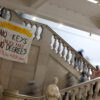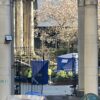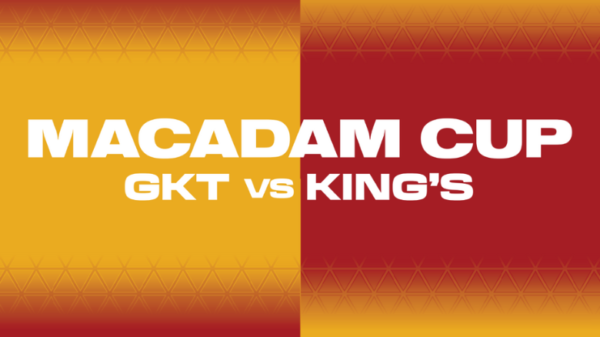Roar writer Shreya Sharma reviews the new Wes Anderson film, “The French Dispatch”.
“Try to make it sound like you wrote it on purposeâ€.
Arthur Howitzer Jr (1900-1975), played by Bill Murray, has surely left a remarkable and memorable impact on the way journalism grew across the fictional world of Ennui-sur-Blasé. Based on the story of Harold Ross – founder of The New Yorker – Wes Anderson’s film. “The French Dispatch,” introduces us to the man himself on his death bed. As it progresses, it takes the audience on a ride to the past prior to Howitzer’s death, glimpsing into the several columns of the French Dispatch paper. As the narrator, Anjelica Huston, explains it, a series of travelogues were made into French dispatch with topics of world politics, the arts (high and low), and stories of human interests.
One of the primary focal objects in the film is journalism itself. Repeatedly, it has been called a love letter to journalism. While Wes Anderson has reflected the adoration for print journalism, the film speaks volumes about the themes of journalistic neutrality and the idea of an ideal editor-in-chief.
Several columns of the French Dispatch have a writer dedicated to each one of them. Berensen, played by Tilda Swinton, writes ‘The Concrete Masterpiece,’ which is embedded in deep emotion but covered with a blanket of dry humour. One of the most beautiful yet ingeniously portrayed sequences is ‘Revision of Manifesto’. Written by Krementz, played by Frances McDormand, the piece encompasses the ’68 student protest, sewed with cleverly placed beads of harsh realities of the society into the hands of the young putting on the theatrics of maturity. They demand ‘freedom’ and strive to overthrow the authorities. The film comes to a denouement with ‘Private Dining Room of Police Commissioner’ by Wright, bringing plenty of flavours to the culinary crime report of a kidnapping. Holistically, every sequence is the perfect concoction with overlaps of utter chaos and adventure.
Anderson sways us into the beauty of visual art with his classic palette of colours, encasing each scene into a singularity. Along with the pastels, the film dips into black and white frames every so often, reminding one of the French New Wave. Anderson briefly mentioned taking inspiration from the directors of the era which the movie does reflect upon. The visual hues, camera movements and track shots, and the theatrical sets, along with the frames – with particular focus on the dense depth of field – draw us into the work of Godard, Renoir and Truffaut, a few of the greatest artists of the time.
The interplay of animated sequences with the visuals fascinate the audience into a comic-esque animation, reminding us of the infamous cartoons in The New Yorker editions. Taking several elements of filmmaking and blending them into one to create a visual concoction of stories is how Wes Anderson sustains the attention on the screen.
With the cast being one of the most talented and recognised names, such as Timothee Chalamet, Adrien Brody and Owen Wilson, along with many others, the film is an overload of on-screen talent. The brew of Anderson’s crew casts a spell that is unique to his modus operandi. While the audience abides by Howitzer’s ‘No Crying’ rule, the stories attract a sense of vehemence as the French Dispatch publication reaches the end. Dry humour being an overplay of Wes Anderson’s universe, the cake at the obituary writing plays a utopian song to the sad demise of Howitzer, maintaining the whimsical tone of the film. In the end, one is left to feel as though they were flipping through the pages of French Dispatch, submerged in the many tales of Ennui-sur-Blasé.



















